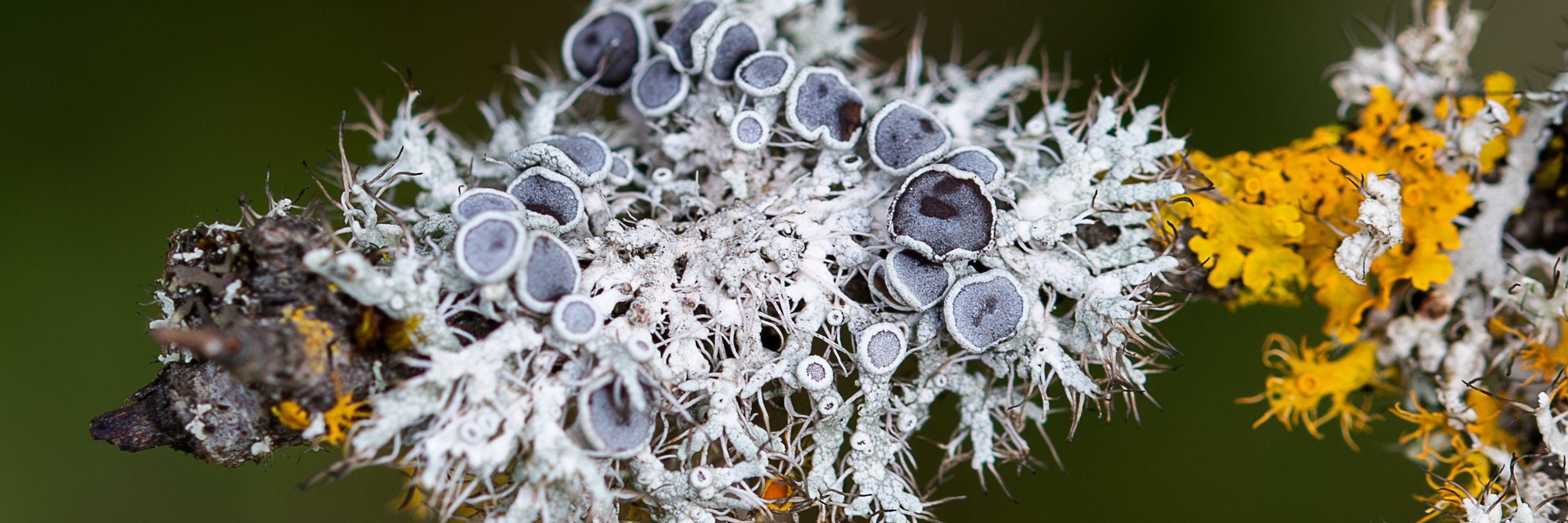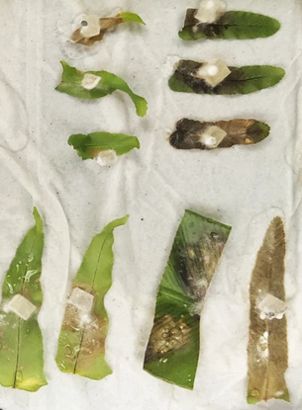Exploring fern pathosystems and immune receptors to bridge gaps in plant immunity - BMC Biology
Land plants include angiosperms, gymnosperms, bryophytes, lycophytes, and ferns, each of which may deploy distinct strategies to resist pathogens. Here, we investigate fern-pathogen interactions by characterizing novel pathosystems and analyzing the diversity of fern immune receptors. A collection of fern species was inoculated with a diverse set of filamentous microbes, and disease symptoms were assessed. We further leveraged published genome mining tools to analyse the diversity of receptor-like kinases, receptor-like proteins (RLKs/RLPs) and nucleotide-binding and leucine-rich repeats (NLRs), along with key immune signalling components, in ferns. Our results reveal that ferns exhibit a range of responses to pathogens, including putative non-host resistance and more specific resistance mechanisms. Among ten ferns tested, Pteris vittata displays the broadest spectrum of pathogen compatibility. Genome mining indicates that ferns encode a diverse repertoire of putative immune receptors, antimicrobial peptides, and mediators of systemic acquired resistance. Ferns possess numerous RLKs/RLPs, resembling those required for cell-surface immunity in angiosperms. They also encode diverse NLRs, including sub-families lost in flowering plants. These findings provide insights into disease resistance evolution and open promising perspectives for crop protection strategies.











